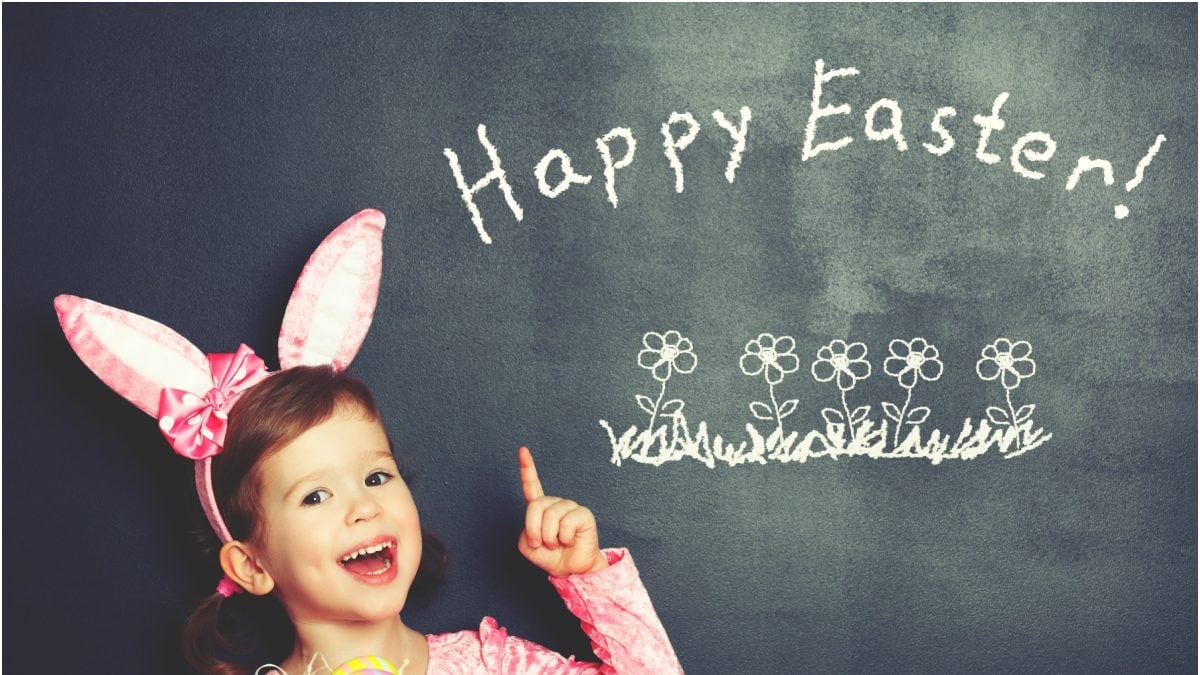[ad_1]

Easter is the most significant Christian holiday. (Image: Shutterstock)
Easter is mostly connected to egg decoration, egg hunts and the Easter Bunny. These icons are part of the commercialised holiday that many of us celebrate today, but they also have religious connotations.
Easter, the most significant Christian holiday, is being celebrated today on Sunday, March 31. It is a movable feast, meaning that every year the date varies. It is usually observed on a Sunday between March 22 and April 25 in the Gregorian calendar. However, in the Eastern Orthodox Church, Easter falls from April 4 until May 8.
ALSO READ: Easter 2024: Why it is Earlier This Year, and How it is Celebrated Around the World?
The holiday commemorates Jesus Christ’s resurrection three days after being crucified by Romans in 30 A.D. Now, more than 2,000 years later, Easter is mostly connected to egg decoration, egg hunts and the Easter Bunny. These icons are part of the commercialised holiday that many of us celebrate today, but they also have religious connotations.
So, where is the origin of the Easter Bunny?
Although there is no reference to a long-eared, short-tailed critter in the Bible that brings coloured eggs to well-mannered children on Easter Sunday, the Easter bunny has come to represent Christianity’s biggest holiday.
Although its exact roots are unknown, rabbits — known for their prolific procreation — have long been associated with fertility and the birth of new life.
Some versions state that German immigrants who moved to Pennsylvania in the 1700s brought the tradition of an egg-laying hare known as Osterhase or Oschter Haws with them, which is how the Easter Bunny originally came to America.
Their children built nests in which the critter could put its colourful eggs. Over time, the tradition extended throughout the US and instead of nests, Easter morning delivery from the legendary rabbit began to contain presents and chocolates. Children also used to leave carrots out for the bunny in case he became hungry after all the hopping.
That being said, why does the Easter Bunny deliver eggs?
For many years, the egg has represented fertility and rebirth. Bright-coloured eggs were decorated to commemorate the arrival of springtime sunshine even before Christianity was established.
Easter egg decorating and colouring became a popular tradition in the Middle Ages, and several European nations developed their own colouring techniques and designs.
Easter eggs decorated with gold and silver are customarily shared in Russia and Eastern Europe, whereas Austrian Easter eggs frequently include fern and plant motifs. In Greece, Easter eggs are dyed crimson.
Since ancient times, Easter eggs have been dyed and ornamented. Artificial eggs made of ivory, porcelain, gold and silver, sometimes with jewel inlay, were later created by skilled artisans.
The magnificent jewelled masterpieces that Carl Fabergé fashioned for the Russian Czar and Czarina in the 19th century have to be the pinnacle of Easter egg-shaped presents. These incredible works of art are now priceless museum artefacts.
The 18th century saw the sale of papier-maché or pasteboard eggs, which were used to conceal little presents. On the other hand, the 19th century witnessed the rise in popularity of cardboard eggs tied with ribbon and wrapped with velvet, silk or lace.
Easter eggs carry important connotations throughout Europe. Decorating actual eggs is still a highly popular and ancient art form. Many are painted crimson to represent Christ’s blood.
Other reports date back to 2,500 years ago, when the Trypillian culture resided in central Europe. According to historians, the Zoroastrians, or ancient Persians, decorated eggs in honour of Nowruz, or the Persian New Year.
[ad_2]
Source link





